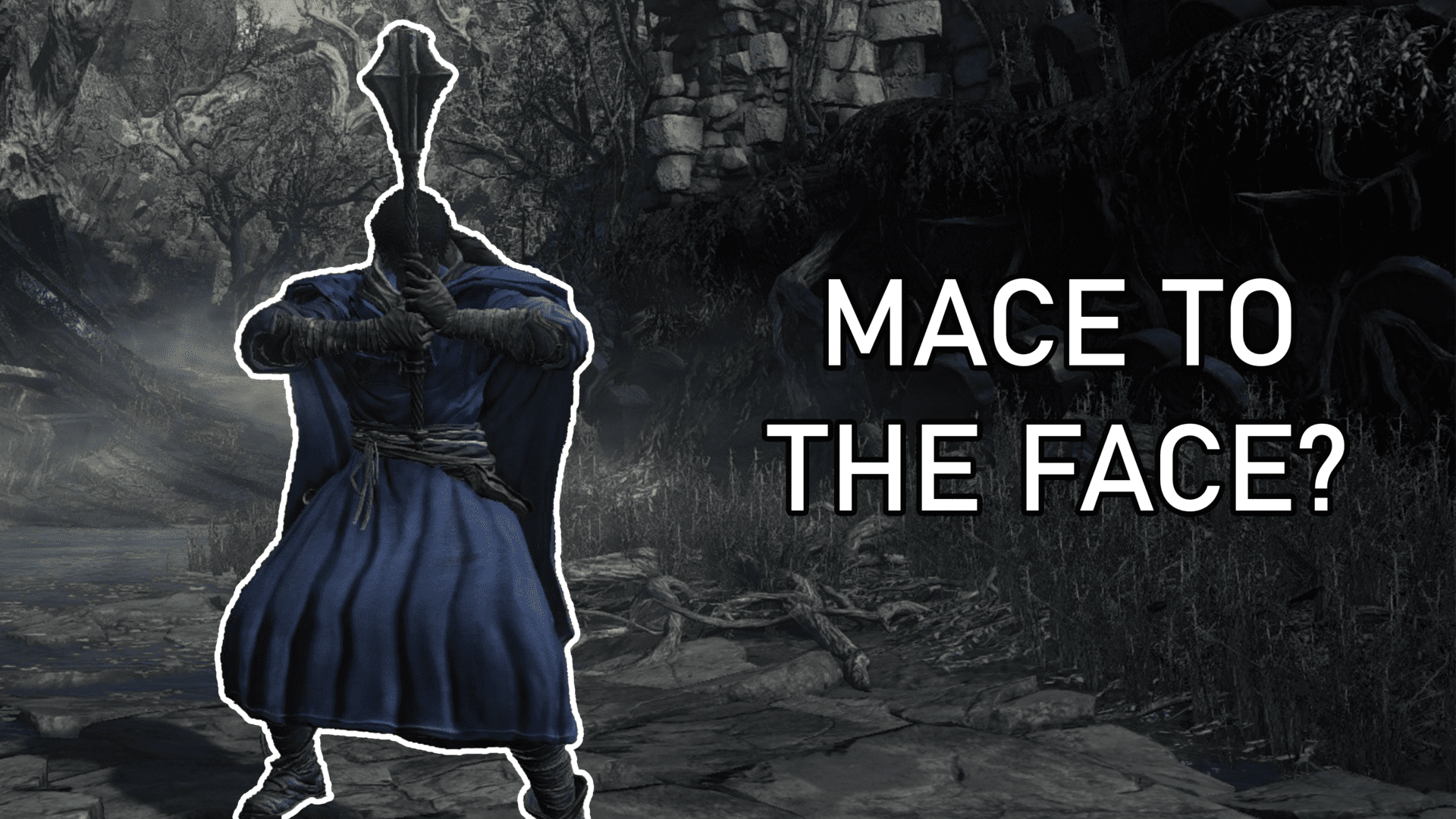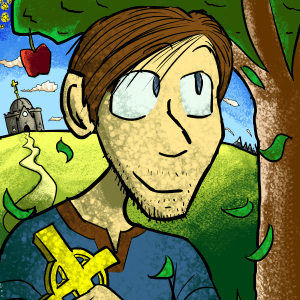
Special thanks to my fellow writer theycallmeqtip and site owner Catoons for helping me put together this amazing screenshot!
As a college student I’ve spent a lot of time thinking about the future. Once I’ve graduated this spring I have some idea of where I want to go, but only God will know which direction life will ultimately carry me. One thing I am sure of though is that there are some great looking games I’m excited to see released this year. The game I’m looking forward to the most is Dungeon Fighter Online’s spin off fighting game DNF Duel which is coming sometime this summer. TheGoodHoms, the self-proclaimed fighting game addict, excited for a fighting game? Shocking, I know!
Jokes aside, can you really blame me? The game is being published by Arc System Works and uses their signature animation style which already looks as amazing as ever. On top of that the development studio working on the core gameplay, Eighting, has been responsible for some really fun fighting games. However, what really pushed DNF Duel to the top of my list of games to play in 2022 was the reveal trailer for the character named Crusader, a big strong priest with a giant hammer raining heavenly light down upon his foes.
Everything about the Crusader is just tailor made to appeal to my sensibilities, but it also got me thinking about battle priests in other games, specifically the ones that clearly take inspiration from Catholicism and Christianity. One common thread between these clerics is that a lot of them wield hammers which to most people probably sounds oddly specific. Where does this precedent come from? Is it a bit of leftover syncretism from the conversion process of Norse pagans? Is there some obscure version of the quest for the holy grail where Sir Percival brandishes a warhammer? Could it be cleverly disguised communist propaganda imposed on us by soviet spies!? Let us work our way back through the history of priests in gaming and find out together. (Spoiler alert, it’s not that last one so feel free to remove your tinfoil hats.)
When looking at games like DNF Duel, World of Warcraft, or The King of Dragons, based on all the other medieval high fantasy tropes like magic, elves, dragons, and dwarves that exist alongside the hammer wielding clerics the most obvious influence is Dungeon & Dragons, the tabletop roleplaying game that popularized many of these conventions. However, the creators behind Dungeons & Dragons like Gary Gygax obviously didn’t come up with these tropes out of thin air, so it becomes a matter of pinpointing their inspirations. These men clearly enjoyed classic fantasy literature, pulp magazines, and ancient mythologies, but for the sake of time I can tell you that path is a dead end. The other half of the equation can be found in the company’s wargames that predate D&D like Alexander the Great, Chainmail, and Dunkirk: The Battle of France, games that attempted to simulate the great battles of history.
Indeed, the hammer swinging priests we seek are not the products of literature or myth, but actually existed in recorded history. Fortunately, my minor in medieval studies has prepared me well for such an occasion. Monastic communities were often founded with permission of, or sometimes even at the behest of, the king or lord who owned the land upon which it was built. For example, Charlemagne, King of the Franks and unifier of the Holy Roman Empire, is particularly noteworthy for his patronage of Benedictine monasteries across Europe as it helped homogenize the practice of Christianity across the many regional cultures he assimilated into his domain. As such these communities were subject to their benefactor’s authority and, within reason, fulfilled whatever requests they might have had for them.
Some were simply asked to constantly be praying for the souls of their liege and his family, but others became much more directly involved in the affairs of the state including military service. To demonstrate, here’s an excerpt from a letter written by the aforementioned Charlemagne to Abbot Fulrad (AKA Saint Fulrad) requesting soldiers for his army: “Come, accordingly, so equipped with your men to the aforesaid place that thence you may be able to go well prepared in any direction whither our summons shall direct; that is, with arms and gear also, and other equipment for war in food and clothing.” (circa 804-811AD) Understandably this posed a problem for men living under religious vows as many of them were forbidden from killing by the Rule of Saint Benedict, the foundation of monastic life. So how did they get around this Rule?
Semantics, of course! The Rule of Saint Benedict states that no Benedictine should “draw blood” which the medieval monks interpreted to mean that they could wield weapons and fight in wars so long as they did not use bladed arms like axes or spears. Therefore, whenever clergymen served in wartime they would use bludgeoning weapons like clubs or maces in accordance with their interpretation of the Rule.
And there you have the answer! Hammer wielding priests in medieval fantasy games are in fact based in actual monastic tradition. Obviously times have changed in the thousand and some odd years since monks picked up their bludgeons and marched into battle, but it’s fun to know this small piece of medieval history has been preserved in dozens of tabletop and video games even if the reference goes over most people’s heads. As Catholics we should take the opportunity to use such anecdotes as stepping stones to educate and evangelize those who are ignorant of our rich history and apathetic or even hostile towards our faith. I hope you walk away from this brief history lesson of mine both entertained and enriched so next time you play a fantasy game, consider playing as a historically accurate hammer swinging priest, the party could always use a good healer after all!
